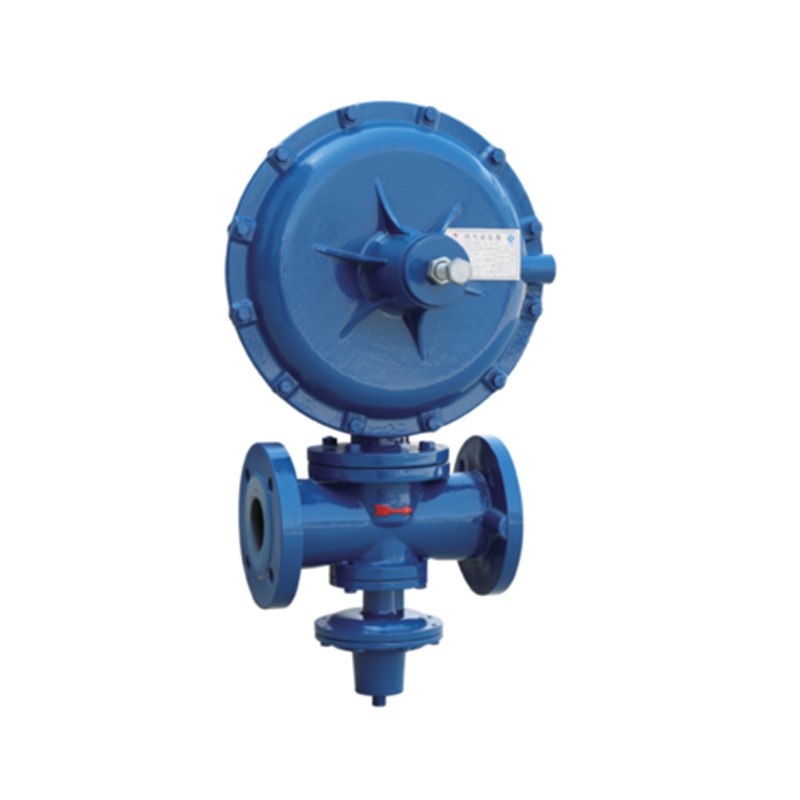
Dec . 15, 2024 04:10
Back to list
Gas Pressure Regulator Understanding Its Function and Importance in Systems
Gas Pressure Regulating Valve Importance and Functionality
A gas pressure regulating valve (GPRV) is a crucial component in various gas distribution systems, designed to control and maintain a consistent output pressure of gas, regardless of fluctuations in the supply pressure. This device ensures safety, efficiency, and reliability in applications ranging from residential heating to industrial gas processes. Understanding its functionality and importance can help in both the design and operation of gas systems.
How Gas Pressure Regulating Valves Work
At its core, a gas pressure regulating valve operates by adjusting the flow of gas to maintain a set pressure. When gas enters the valve, it is typically at a high pressure. The GPRV reduces this pressure to a predetermined level before delivering it to downstream equipment or appliances. The valve uses a sensing mechanism to monitor the downstream pressure—when the pressure drops below the set point, the valve opens more to allow additional gas to flow. Conversely, if the pressure exceeds the desired level, it constricts the flow to reduce pressure.
The basic components of a GPRV include the valve body, the control mechanism (often a spring-loaded diaphragm), and various inlet and outlet ports. Advanced models may incorporate electronic controls and sensors to provide enhanced precision and responsiveness to pressure changes, making them suitable for modern smart gas systems.
.
1. Safety The most significant function of a GPRV is to ensure the safe operation of gas systems. Without proper regulation, excessive pressure can lead to equipment failure, leaks, or even explosions. GPRVs are designed to divert excess pressure away from sensitive equipment, minimizing the risk of accidents.
صمام منظم ضغط الغاز

2. Efficiency By maintaining a stable pressure, GPRVs can help maximize the efficiency of gas usage. Appliances like boilers, furnaces, and stoves require a specific pressure to operate optimally. Consistent pressure levels contribute to improved combustion efficiency, which can lead to lower fuel consumption and reduced emissions.
3. Protection of Equipment Many industrial processes depend on precise pressure for optimal operation. Gas pressure regulating valves help protect sensitive equipment from pressure surges, which can cause wear and tear or even immediate damage. For example, in power generation or chemical processing, maintaining appropriate gas pressure is vital to product quality and equipment longevity.
4. Environmental Impact Efficient gas use, aided by GPRVs, also has a positive impact on the environment. By facilitating optimal combustion, these valves can help reduce greenhouse gas emissions and other pollutants, aligning with global sustainability goals.
5. Versatility GPRVs are employed across various industries, including residential, commercial, and industrial sectors. From heating homes to powering manufacturing lines, their versatility makes them indispensable in contemporary energy management systems.
Conclusion
In summary, gas pressure regulating valves play an essential role in the safety and efficiency of gas distribution systems. By controlling the pressure of gas, they not only protect equipment and ensure optimal performance but also contribute to environmental sustainability. Understanding the importance and functionality of GPRVs can help end-users and engineers alike in making informed decisions regarding gas systems, leading to safer and more efficient operations. As technology advances, the evolution of GPRVs will likely continue, offering even more sophisticated solutions to meet the demands of modern gas applications.
Latest news
-
Safety Valve Spring-Loaded Design Overpressure ProtectionNewsJul.25,2025
-
Precision Voltage Regulator AC5 Accuracy Grade PerformanceNewsJul.25,2025
-
Natural Gas Pressure Regulating Skid Industrial Pipeline ApplicationsNewsJul.25,2025
-
Natural Gas Filter Stainless Steel Mesh Element DesignNewsJul.25,2025
-
Gas Pressure Regulator Valve Direct-Acting Spring-Loaded DesignNewsJul.25,2025
-
Decompression Equipment Multi-Stage Heat Exchange System DesignNewsJul.25,2025

